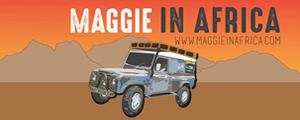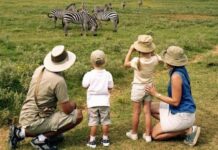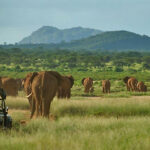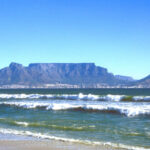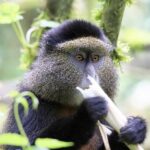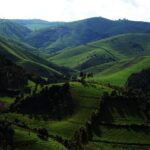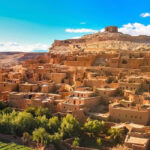Embarking on a road trip through Tanzania is one of the best ways to experience the country’s breathtaking landscapes, diverse wildlife, and vibrant cultures at your own pace. Whether you are cruising along the scenic coastline, exploring bustling towns, or venturing into world-famous national parks like Serengeti and Ngorongoro, proper preparation is key to making your journey safe, comfortable, and enjoyable.
Packing wisely not only ensures that you’re ready for the adventure but also helps you handle the unexpected challenges that can come with long drives in East Africa. This guide highlights the essential items you’ll need for a memorable road trip in Tanzania.
Travel Documents
This should be the first things to put in your hand bag. They include; a valid International driving license, travel insurance to cover you in case of emergencies like medical problems or an accident, Valid passport and Visa documents which are always asked upon arrival at the airport among others. we argue all travelers to consider purchasing an insurance package that can cover you though out the entire trip.
Safari Clothes
The type of clothes to pack for your self-drive safari will depend on the nature of the safari destination you are visiting. Some require you to pack long-sleeved shirts, trousers, and tops. These protect your skin from thorny bushes, wild insect bites like tsetse flies, bees, wild Ants, among others. And in case you are going on game drive in the savannah parks like Maasai Mara, Amboseli and others don’t forget to pack light clothes due to the hot temperatures during the animal search.
Strong gum Boots and Gloves
While taking a drive on your own, you may love to enjoy a hiking experience in Mount Kilimanjaro National Park and other mountaineering destinations. Here, we advise you to carry strong gum boots to ease movement while trekking and the gloves protect you from germs in case you happen to touch some plant trees or the ground to support your hike.
Strong waterproof rain jacket
Regardless of whichever destination you will be travelling to, you need to have a waterproof rain jacket that can be extremely useful in case it rains in the middle of any activity.
First Aid Kit
Your health is one of the important things you need to consider while on a self-drive trip. Therefore, we recommend that you pack some emergency medicine or a first aid kit. Your first aid kit should feature items like blister plasters, soothing ointment, cotton, Pain relievers like ibuprofen or paracetamol, Antihistamines for allergies, Insect repellent, antimalarial medication, and others.
Backpack
This is essential for carrying small items like snacks, drinking water, tissue, repellent location while in the bush on a guided nature walk or hiking or on a game drive.
Sun Protective Gear
Some destinations, like Dar es Salaam and some savannah national parks, are very open and thus an easy exposure to the sun. In that case, you may need sun-protecting gear like an African hat, sunscreen repellent to protect your skin from the hot sun, and sun sunglasses to protect your eyes from direct sun rays.
A good camera and binoculars
Don’t forget to pack a good camera so that you can capture the wonderful memories while in the fascinating destinations of Tanzania. Binoculars give you a chance to have great sightseeing from a distance.
Navigation and Communication
During your self-drive trip in Tanzania, you must be able to communicate with your people, and to enable this to happen, remember to pack some communication devices like; GPS device or smartphone with offline maps, a Mobile phone with a local SIM card for emergencies, a Car charger, and a power bank.
Camping gear (if applicable)
In some destinations like Mount Kilimanjaro National Park, and other mountainous destinations, you may need camping gear for overnight stays, and among the items to pack include: ground tents, sleeping bags, and sleeping mats, Cooking equipment and utensils, Portable stove or grill, Flashlights or headlamps with extra batteries, Water purification tablets or filters, and others.
Personal hygiene
For your own safety during the Tanzania safari, you may need some hand sanitizer and wet wipes to help you clean your hands in case you touch the ground during some experiences, like hiking and trekking. Other items to pack for personal hygiene include toilet paper and tissues, a toothbrush, toothpaste, and other toiletries, Towels, and washcloths.
Entertainment and comfort
During your free time at the lodge or camping site, you may need something to take away the boredom. For that case, these should not be missed in your packing lists. Travel games, books, or e-readers, Music playlists or audiobooks, Pillows and blankets for comfort during long drives, a camera or smartphone for capturing memories.
Remember to also pack a sense of adventure and an open mind. Tanzania’s landscapes and culture offer incredible experiences, so be prepared to embrace the journey.
